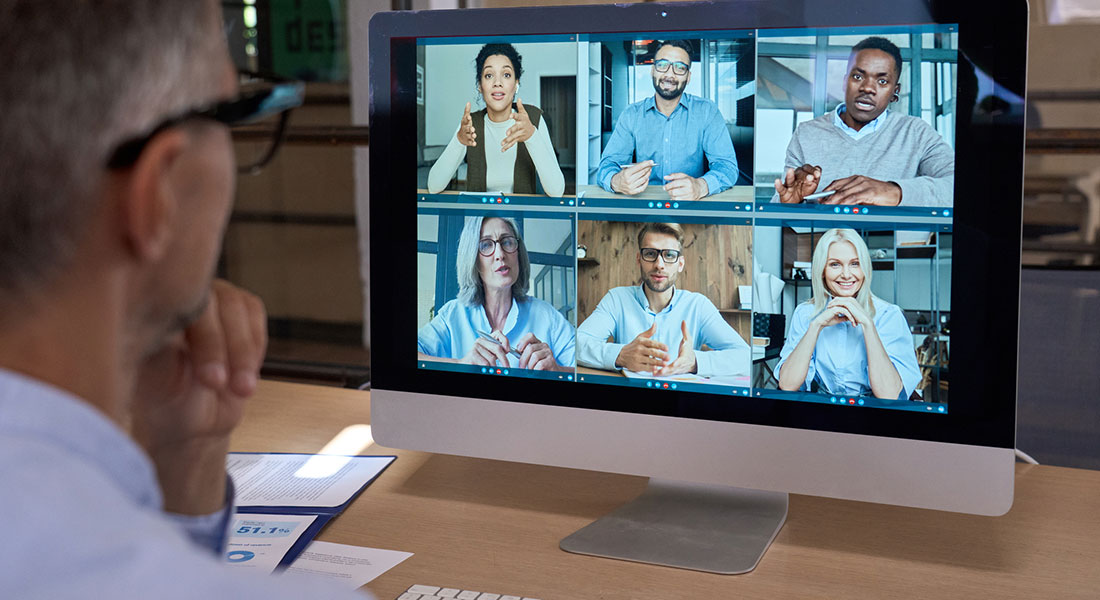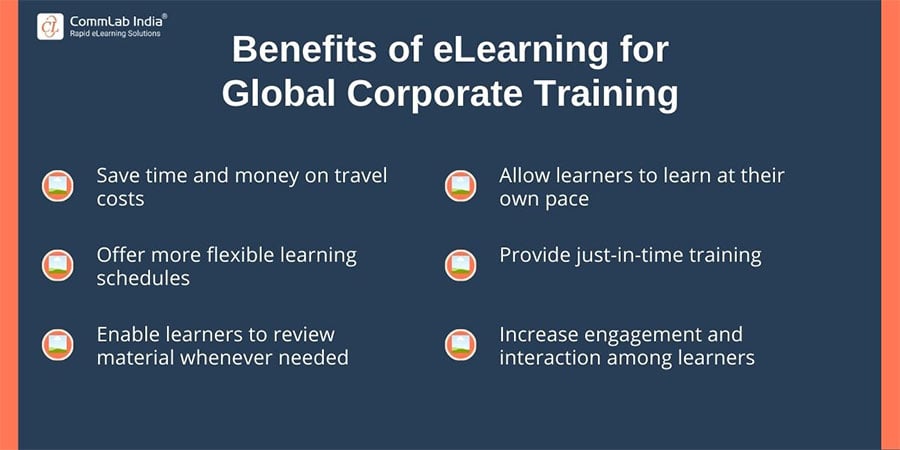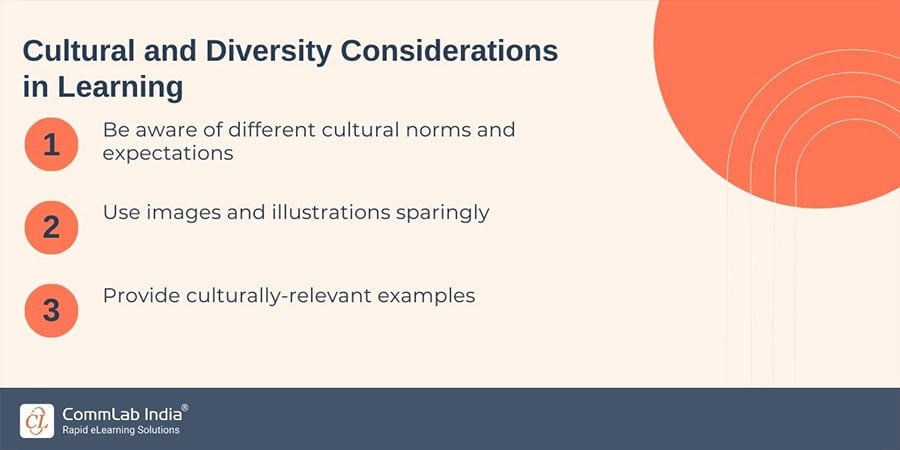4 eLearning Best Practices for Winning Global Corporate Training Solutions
Strengthen global corporate training with eLearning. Discover 4 eLearning best practices for success in your global corporate training strategy…

Want to take your company’s corporate training programs global and take your team’s knowledge base to the next level? eLearning is a solution. With its flexibility and scalability, eLearning is an effective way to effective remote corporate training to your employees.
However, it is not an easy job to create a successful eLearning programs that caters to a diverse learners across different cultures and time zones. Struck with the same challenge? This blog is here to rescue. In this blog post, we will explore the 4 best eLearning practices for global training that will help you create engaging and effective online courses for your international workforce.
Want to Make Your Global Corporate Training More Impactful?
Include these eLearning key considerations in your strategy
- Technology Adoption
- Engagement Strategies
- Personalized Learning
- Cultural and Diversity Considerations in Learning
So let’s get started!
eLearning for Global Corporate Training
eLearning has revolutionized global corporate training by making it more efficient and effective. Organizations, by using eLearning tools and technologies, are now able to reach a wider audience with their training initiatives. Additionally, eLearning can be customized to meet the needs of learners in different geographical locations.

These benefits are convincing enough to adopt eLearning for global corporate training. However, for the training initiatives to be robust and impactful, it is important that the eLearning developers think globally. Thinking globally is not just about time or location, it also involves critical aspects such as the cultural mindset, technology available, etc.
Let us discuss the top 4 considerations/ best practices that need to be adopted when building global corporate training solutions.
4 Key Considerations for Global Corporate Strategy
1. Technology Adoption
When it comes to building a robust corporate training strategy for your global workforces, it is important that you access the technology adoption levels of your target audience. Further, you will have to research about your learners’ local technology infrastructure, data and privacy regulations, learning styles. This will help you understand how and how much technology is ideal to training your target learners.
You should also keep in mind that not all employees will have access to the same technology at office or at home. So when adopting new technology, it is important to make sure it is compatible with the operating systems and the devices used by the learners. This will ensure that the learners benefit from the new tools and resources available.
2. Engagement Strategies
Learner engagement is key to the success of any eLearning initiative, especially when it is targeted at learners spread out across the globe. There are several engagement strategies that can be used to keep the learners engage and motivated.
Some effective engagement strategies include:
- Encouraging social learning: This strategy involves the use of chat rooms, online discussion forums, video conferencing, etc so the learners can share and collaborate with their peers.
- Making content relevant: Keep your learners engaged with relevant learning content – make sure that the content is relevant, and directly applicable to their needs and interests.
- Breaking up the monotony: Avoid boring, dry content, instead try a mix of visually engaging media, such as videos, infographics, and interactive activities.
- Encouraging practice: Provide your learners with opportunities to practice what they’re learning. Include game-based elements to make it more engaging.
→ Download Now: How L&D And Business Can Align To Conquer The Future Of Work
3. Personalized Learning
Personalized learning refers to the use of tailored training approaches that allow employees to learn and progress at their own pace. This type of learning is referred to as “learner-centered” as it focuses on the learners’ needs, rather than on the pre-fixed curriculum.
There are different ways to personalize learning. Some ways include –
- Allowing learners to choose their own pace: This is the most common and popular ways to personalized learning. You can provide learners with eLearning modules that can be accessed at their own pace and also be repeated or skipped when needed.
- Offering multiple pathways: This means that learners can choose different assignments or activities based on their learning goals or interests. For instance, a learner can choose to read about a new product instead of watching a video about the same topic.
- Providing targeted feedback: Feedback is key in any learning experience, and giving personalized feedback to the learners helps them identify and focus more on the areas they.
4. Culture and Diversity Considerations in Learning
With the world becoming more and more connected, it is important for businesses to aim at a robust corporate training strategy that addresses its global employees. And for this, the learning and development (L&D) teams need to have good understanding of cultural norms and expectations.

- Be aware of different cultural norms and expectations
Make sure that you’re aware of and adhere to cultural norms when designing the Design eLearning course(s). For example, certain gestures or actions like interrupting an ongoing conversation is considered rude in some culture. Knowing this beforehand, and avoiding it is an ideal practice.
- Use images and illustrations sparingly
Not all cultures prefer learning via the use of images and illustrations. So when using them in your eLearning course, make sure to use them only when they add value to the content. Otherwise, you might overwhelm or offend learners from some cultures.
- Provide culturally-relevant examples
This is a very important practice that you should exercise when drafting eLearning for global audience. Using examples relevant to the learner’s culture will help them better understand the concepts better. For instance, if you want to include examples where your talk about product pricing use the metrics relevant to their country or region.
Summing Up
Corporate eLearning to train your global audience can be challenging. However, with the right eLearning practices, you can ensure that your global learners are learning efficiently and effectively. With the best practices discussed above, you should be well on your way to designing successful global learning and development (L&D) programs. And with robust and well-thought of L&D programs can conquer the future. This eBook will help you understand how…





